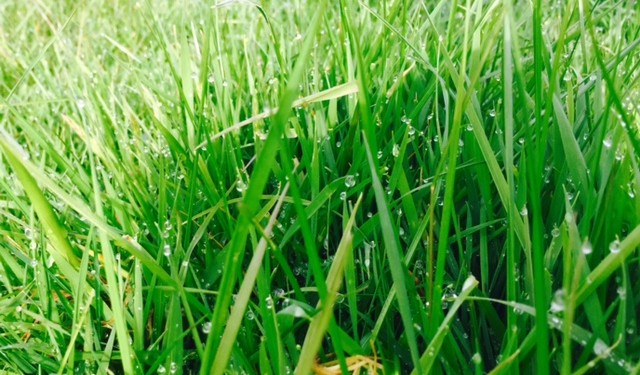- Home
- Knowledge library
- Evaluation of effectiveness of Festulolium (SUREROOT) in a ruminant system (PhD)
Evaluation of effectiveness of Festulolium (SUREROOT) in a ruminant system (PhD)
Summary
There is an urgent need to provide livestock producers in the UK with the correct tools to be able to develop agricultural systems that are sufficiently robust to allow them to mitigate the impacts of extreme weather conditions which face farmers over the coming years, as a result of climate change. Through the use of natural grass breeding methods, IBERS has developed hybrid grasses (Festulolium) that combine the forage production and quality characters of ryegrasses with the resilience to stress conditions found in fescue species. There is a need to determine if these grasses can be used within UK dairy systems to maintain viable productivity and provide protection to soils against the impacts of climate change.
Key Findings:
- The current research provides evidence that future use of Festulolium grasses provides a viable and sustaniable alternative to livestock farmers to safeguard forage production and ensuring ecosystem services linked with thier higher root biomass
- The first harvest year total forage DM yield productivity of a UK National Listed ryegrass was higher when weather conditions were optimal for grass growth but findings on the total forage yield (when sward >4 years) showed there was a comparable yield of Festulolium.
- Under drought stress and very eraly in the growing seasons (latter indicative of winter grass growth), this study found a higher forage yield for Festulolium hybrids compared to ryegrass.
- Compaction increased soil bulk density and penetration resistance however, water infiltration was not affected. Festulolium showed a tendency to have higher root biomass than ryegrass under compacted soild but both grasses had equal dry matter yields.
- Rye grass showed higher N use at 178 kg ha and produced a higher annual yield than Festulolium in the first harvest year but both measurements were comparable in the second year.
- Interestingly, Festulolium produced a higher yield in the second-harvest year summer cut. This second harvest year (2018) was affected by a prolonged drought.
- Root biomass was positively and significantly correlated with both N use and utilization efficiencies of grasses and was more evident in the Festulolium.
- In a silage experiment looking into the breakdown of proteins during the ensiling process, the key findings was that overall, Festulolium silage had a higher crude protein concentration than ryegrass when measured at different time points up to 90 days.
For further information the report is available.
Downloads
41110017 final report 2019About this project
Aims and Objectives:
- To determine optimal ways of incorporating Festulolium into pasture-based dairy systems
- To determine the impacts of machinery compaction on Festulolium productivity and soil characteristics
- To determine the Nitrogen use efficiency of Festulolium
- To determine the protein stability of Festulolim as silage.
Related resources


